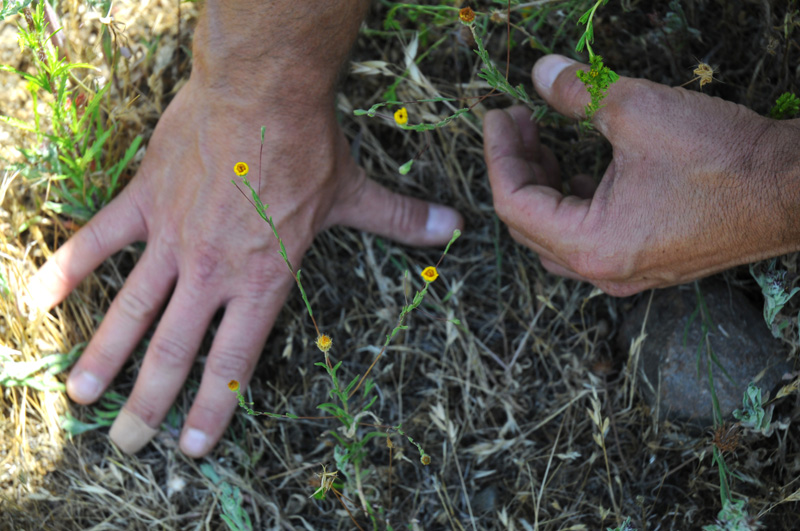Fire season is a part of LA, right? Like earthquakes and off-the-rails movie stars, if we’ve survived them once we can do it again, right? Wrong.
The problem is that with the climate changing, things are getting more intense. This is not your momma’s fire season.
Southern California is in its seventh driest year on record. This year’s January-through-March time period was the driest for LA, EVER. Those three months of rain are crucial for us. With almost no rainfall at the beginning of the year, the moisture content of plants in our local hills and mountains is already very low. We’re already as parched in June as we normally would expect to be in August or September. And we still have the hottest months of July, August and September ahead of us—with “healing” rains unlikely ’til October, at best, or more likely, November or December.
You can see the stress in our urban forest and local wilderness areas where even tough natives, like Toyon and Oak, are suffering and dying. We’ve had fires start earlier and burn longer because they have far more fuel than ever before. Here’s a bit of background on how this all came to be.
In many environments, fungi are the big decomposers, breaking down leaves, branches and other organic matter into their elements. But Southern California’s dry chaparral and coastal sage scrub ecosystems normally aren’t moist enough for fungi to do all that work. These ecosystems have evolved to rely on fire as their big decomposer.
Our local plants have evolved to either re-sprout from their stumps after being burned or require fire to help their seeds germinate more easily. So every 33 to 100 years, fires have swept through Los Angeles County, “cleaning up” the dry brush and leaf litter, releasing those nutrients into the soil and renewing the landscape with enlivened plants.
But now instead of every 33 to 100 years, Los Angeles’s environs have multiple fires every single year! Not only is that bad for that year, but it sets into motion a vicious cycle.
When the time between fires is less than 20 years in a drought-stressed area (think south-facing slopes) or less than ten years in less-stressed areas, the plants can’t build-up enough seeds in the soil or grow big enough to store enough carbohydrates in their roots to recover.
Which wouldn’t be all that horrible, except that communities are built closer to (or even within) wild lands than ever before. Not only do the fires pose a significant risk to lives and communities, but because the plants can’t recover, they can’t grow enough to stay green longer into the hot summer months. They become potential fuel for flames much earlier in the year. All that means bigger, more frequent fires for more months of the year.
Fires are sparked by cigarettes, electrical transformers, outdoor equipment, unattended campfires and more. When areas are burned frequently they revert to non-native weedy annuals and grasses. These plants (such as wild oats, mustard and rip gut) dry out earlier in the season, thus creating more fuel and lengthening the “fire season.” It’s a cycle that’s hard to break.
All the fires then create a local watershed that simply has no vegetation to slow down the rains in the rainy season, which means increased flooding and mudslides. But what can we do? Actually, quite a bit.
TreePeople works in the Santa Monica Mountains to remove invasive species and plant natives. When our volunteers come out to help with that important work, it makes a real impact—helping to decrease the frequency and intensity of fires, preserve the watershed, support vital wildlife habitat and slow the effects of climate change.
It’s hard to believe that something as simple as weeding and planting can make such a huge difference, but that’s the cool thing about being in a city with millions of people. We’ve got a lot of hands to help make light work of this tremendous task.
This fire season, do your part. Be extra-vigilant about any potential fire risk, and tell others. Also, be part of the solution: check out our calendar of events for weekend projects in Calabasas, Topanga Canyon, Agoura Hills and elsewhere to help break this unhealthy cycle and restore LA.
Make your mom proud of you and our beautiful, fire-resilient city!

